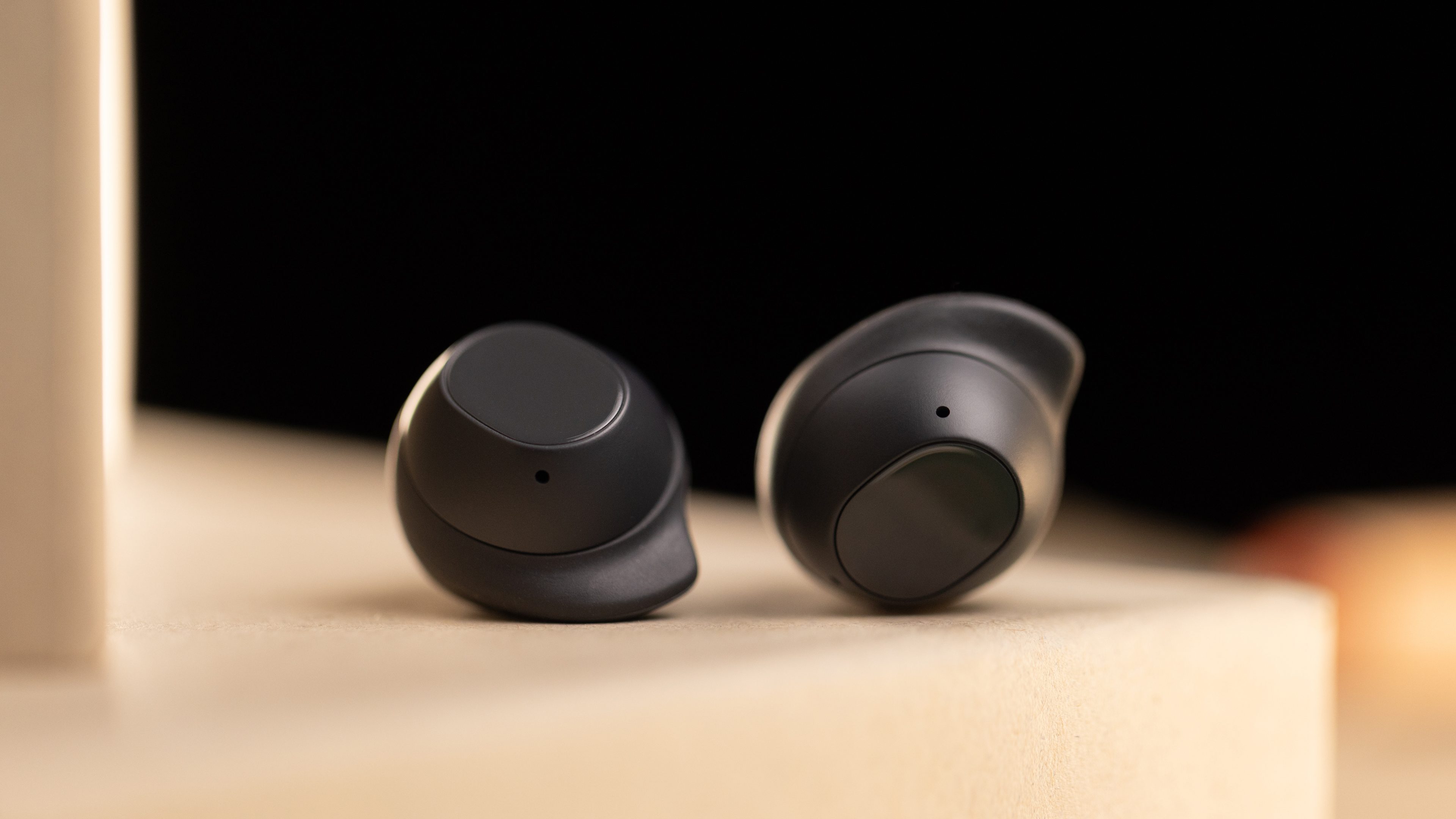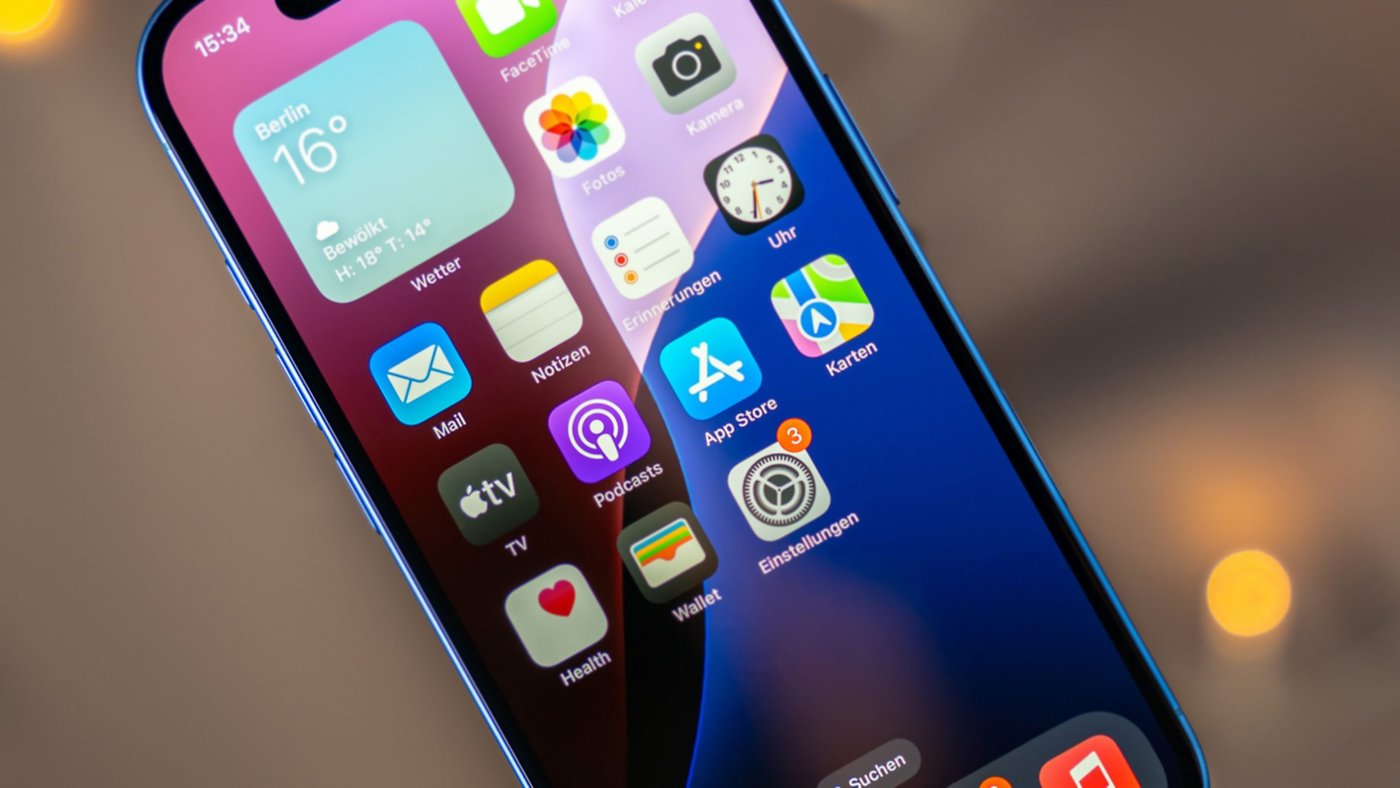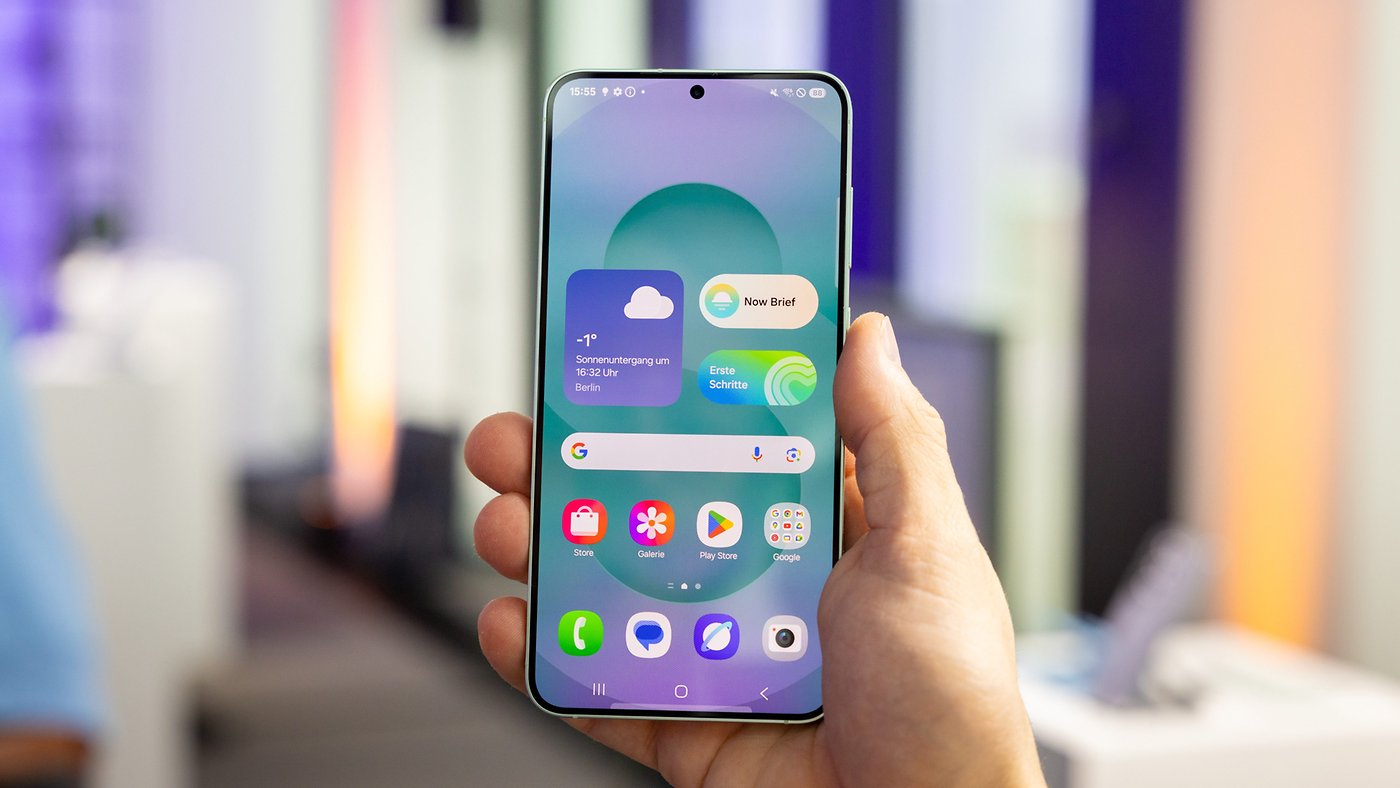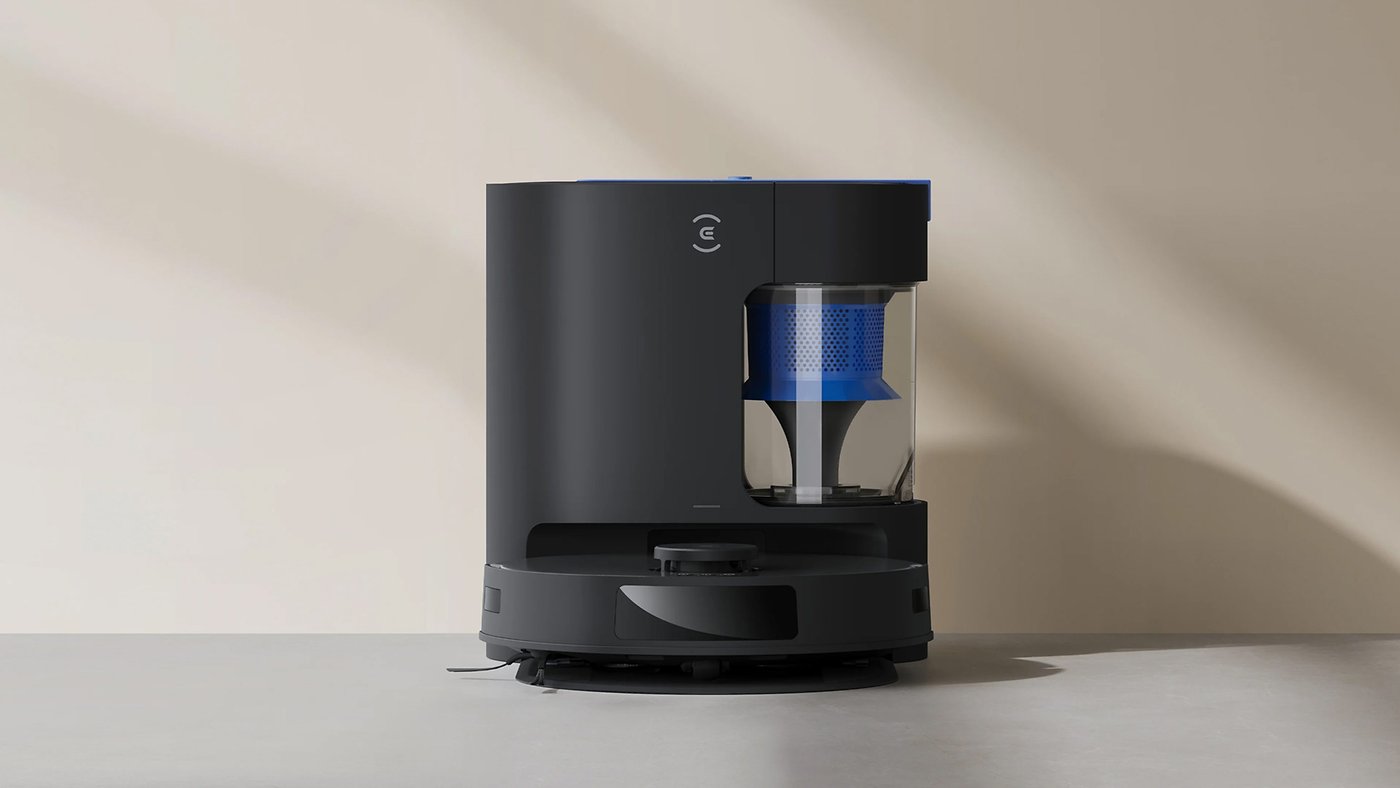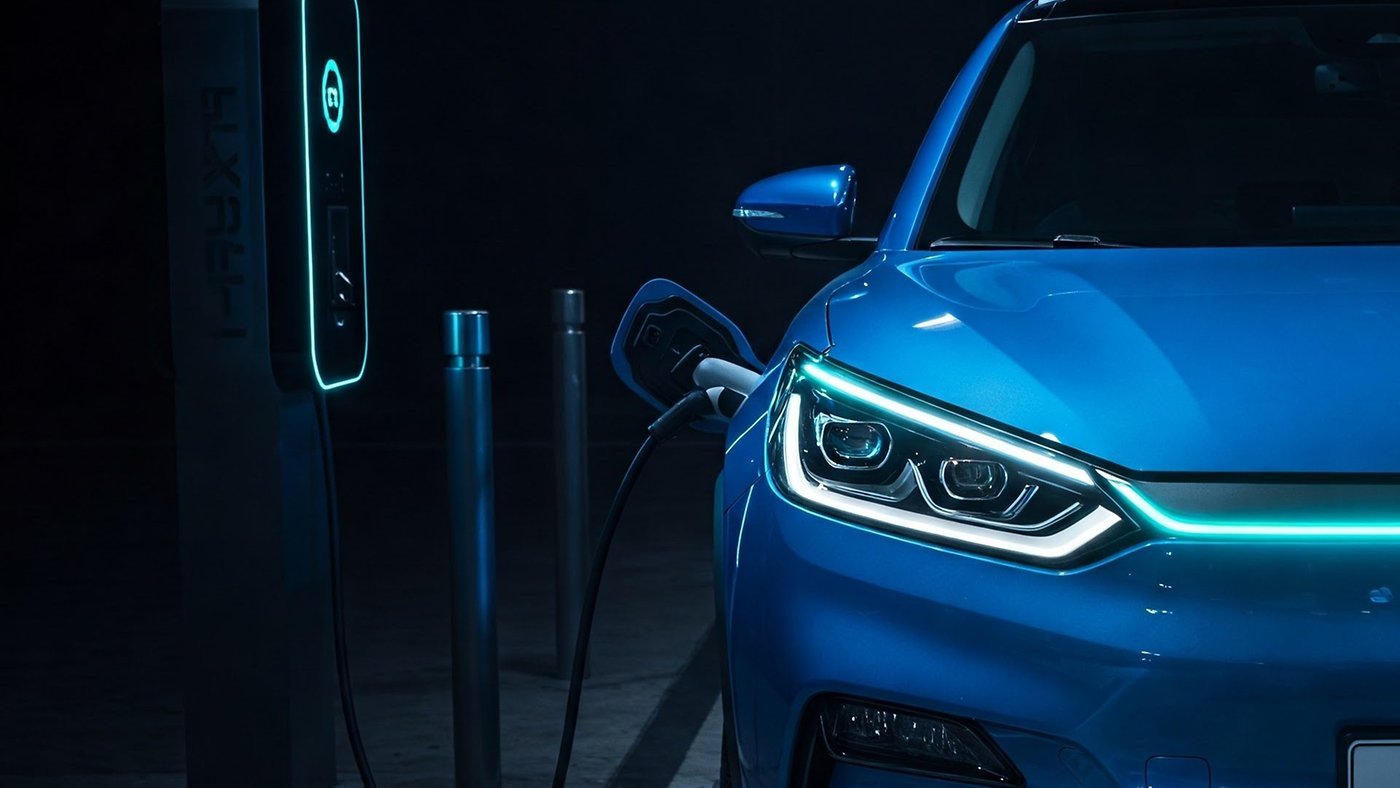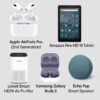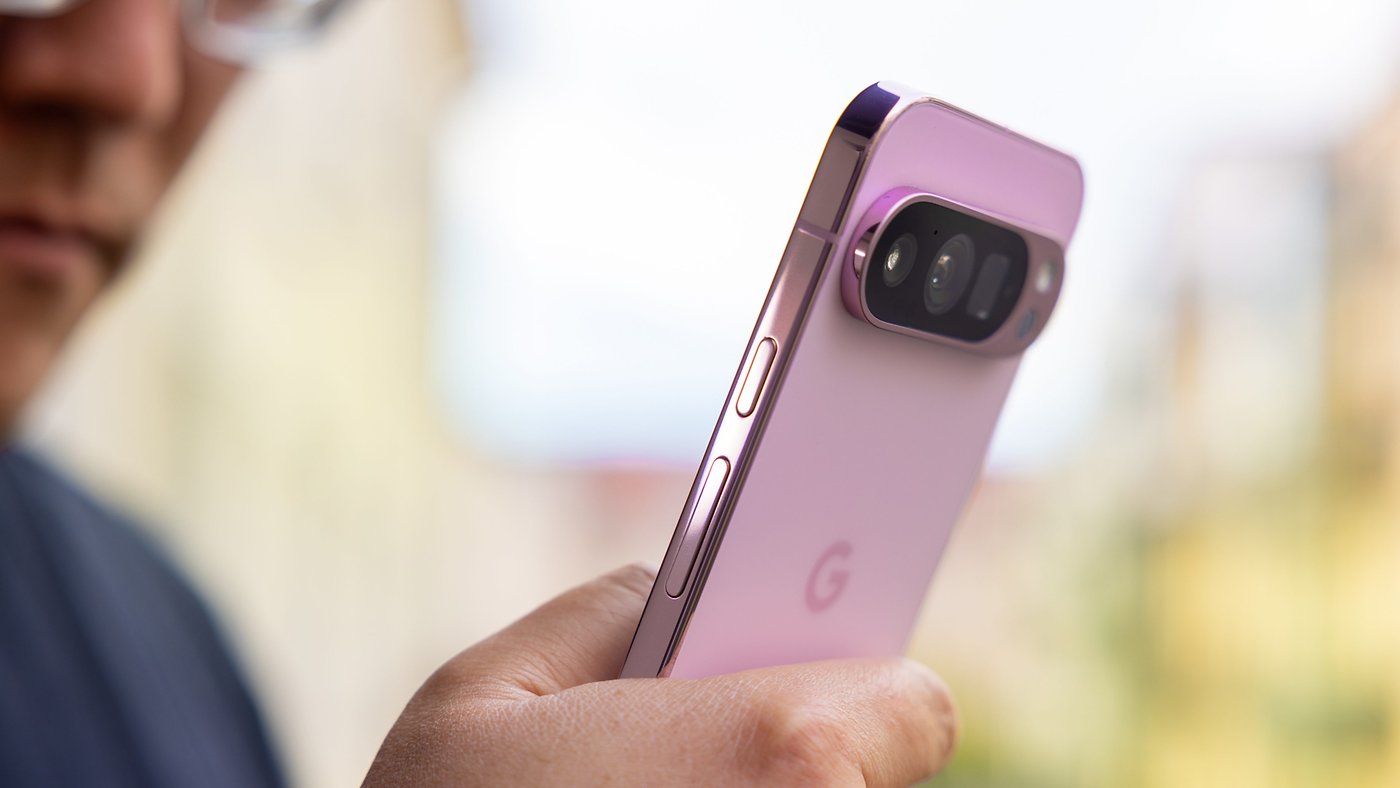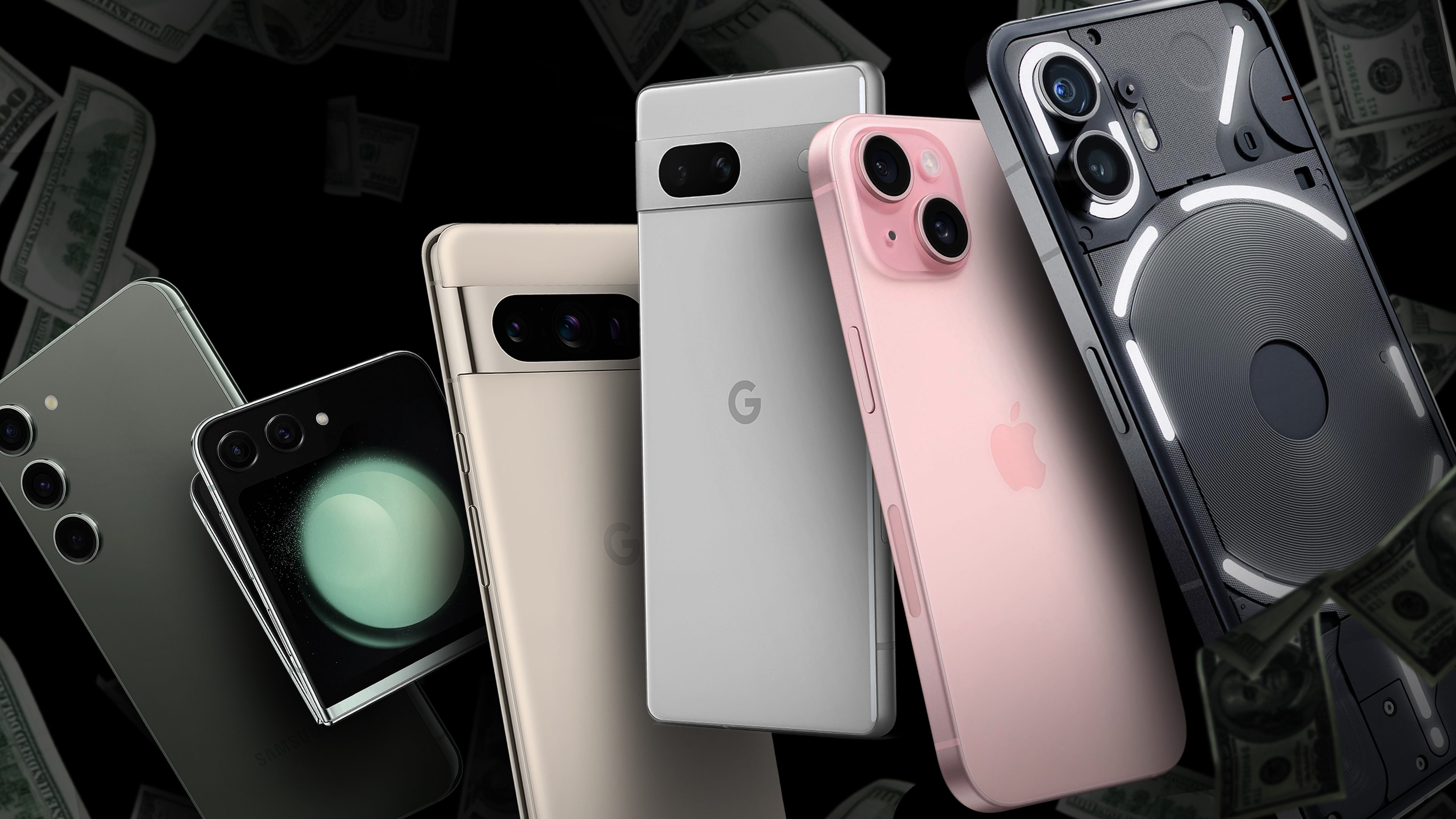
Best smartphones under $1000 compared
Table of Contents:
Why are sub-$1,000 smartphones not real flagships anymore?
In August 2017, Samsung launched the Galaxy Note 8. In addition to shaking off the stigma with the scandal-ridden Note 7, it was the first smartphone to break the psychological $1,000 mark. No matter how much we complained at the time, by 2024, $1,000 smartphones have become normal.
They now represent what we could call the “entry-level high-end” niche. Manufacturers have increased their prices by and large, and to pick up their true flagship, you have to pay well over $1,000, with some models from Samsung or Apple inching toward the $2,000 mark. Smartphones under $1,000 are limited in their capabilities (relatively speaking) and do not offer the latest innovations.
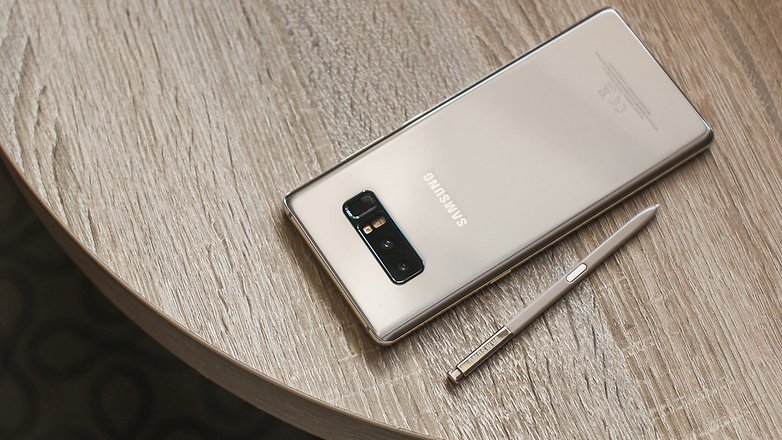
In January 2024, you won’t get the best LTPO 2.0 display, the best 200 MP camera module, or the best possible performance with 16 GB of RAM on a smartphone under $1,000. These features have become exclusive to the ultra-premium models that manufacturers sell for more money.
Not everyone can afford or even wants to invest more than $1,000 in a smartphone. With prices soaring and purchasing power falling due to inflation, this segment is becoming increasingly relevant.
Buying advice
What to expect from a $1,000 smartphone in 2024
Smartphones that cost less than $1,000 have become less premium in nature, but they are still considered high-end smartphones. When buying a smartphone close to the $1,000 mark, it is clear that compromises will have to be made, although not to the extent of a $400 smartphone. To remain relevant at the $1,000 price point, these smartphones offer everything you need to have an almost flawless user experience.
You will benefit from an excellent update policy with up to five years of software updates. The finish and workmanship should be impeccable with IP68 certification and a glass back to boot. Battery life is not to be sneezed at, thanks to the huge battery capacities that lie between 4,000 and 5,000 mAh. When it comes to the camera, you can expect very good image quality and even a telephoto lens.
Compromises made in a sub-$1,000 smartphones
As mentioned earlier, there are compromises made in a smartphone that falls within this price range that will not make it a crippling experience. The user experience is still pleasant enough, and you can do almost anything you want with your smartphone.
However, you’ll have to make do without some features, especially when it comes to photography. Manufacturers also differentiate their high-end smartphones with hardware elements such as a less impressive primary lens, an older SoC, or by using older connectivity and fast charging standards.
Rest assured, these are usually not elements that hinder the user experience with the smartphone, but rather a few additions to attract buyers to the more expensive models. For example, the Galaxy S23 doesn’t have the 200 MP lens.
The best sub-$1,000 smartphones in 2024
The best sub-$1000 Android: Samsung Galaxy S24

Read our Galaxy S24 review to know more
Shortly after its release, the Samsung Galaxy S24 quickly became our top pick for the best smartphones under $1,000. With this new model, Samsung has outdone itself once again, launching an impressive high-end device that not only features an excellent 6.2-inch display but also delivers powerful performance with the Snapdragon 8 Gen 3 processor.
Additionally, users can expect up to seven years of updates and innovative AI functions. Our review of the Galaxy S24 dives into what you can expect from these features.
Samsung has remained true to its dimensions, and you can expect a compact semi-flagship with a good feel. Unfortunately, there are no innovations in the camera area, which is not necessarily a bad thing as the camera setup is still one of the best on the market. The battery also lasts a long time, but you are missing a modern quick-charging feature.
Good
- Powerful AI functions
- Outstanding display
- Compact and good feel
- Commendable update policy
- Performance is absolutely okay
Bad
- No camera upgrade
- 128 GB UFS 3.1 memory
- Larger battery, shorter runtime
- Charging not up to date
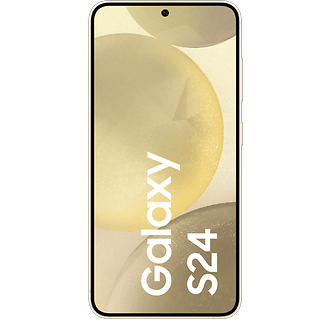
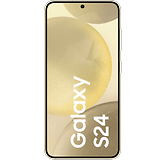
The best sub-$1,000 iPhone: Apple iPhone 15
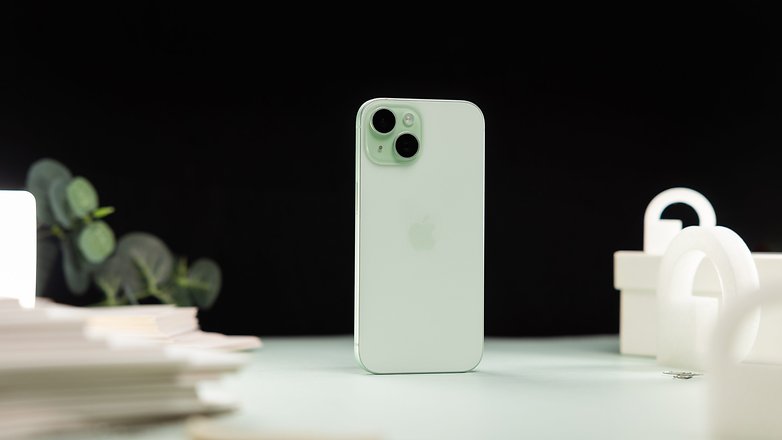
Read our full iPhone 15 review to know more
For Apple enthusiasts looking for an affordable option under $1,000, the iPhone 15 is a top pick. The iPhone 15 series brings advancements in several aspects. The A16 Bionic chip continues to be one of the best processors found in high-end smartphones. The 48-megapixel camera marks a significant improvement compared to previous models. Impressively, Apple is leading the way by using more recycled materials in their products.
However, there are some drawbacks to this device. While the iPhone 15 adopts the EU-mandated USB-C port for charging and data transfer, its speed is still limited to USB 2.0. On the other hand, though, you won’t need an extra Lightning cable.
Furthermore, the new Dynamic Island feature offers convenient shortcuts thanks to updates in the camera and Face ID housing. However, despite a brighter display in direct sunlight, the screen resolution hasn’t improved, and it’s still locked at a 60 Hz refresh rate.
So, if you can overlook the absence of a smoother display and the Always-on Display feature, the new iPhone remains an excellent choice within the Apple ecosystem.
Good
- Dynamic Island and mute toggle switch onboard
- Versatile camera system with true-to-life photo quality
- Constructed with 75% recycled aluminum
- IP68 certification for water and dust resistance
- Equipped with a USB-C port
- Provides all-day battery life
Bad
- Display limited to a 60 Hz refresh rate
- Lacks Always-On Display (AoD) feature
- Restricted to USB-C 2.0 speeds due to SoC design
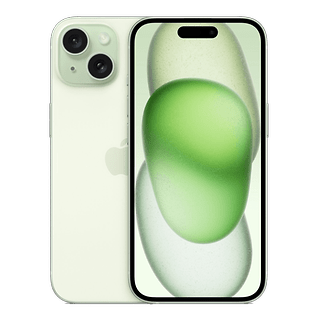

The best camera phone under $1,000: Google Pixel 8 Pro
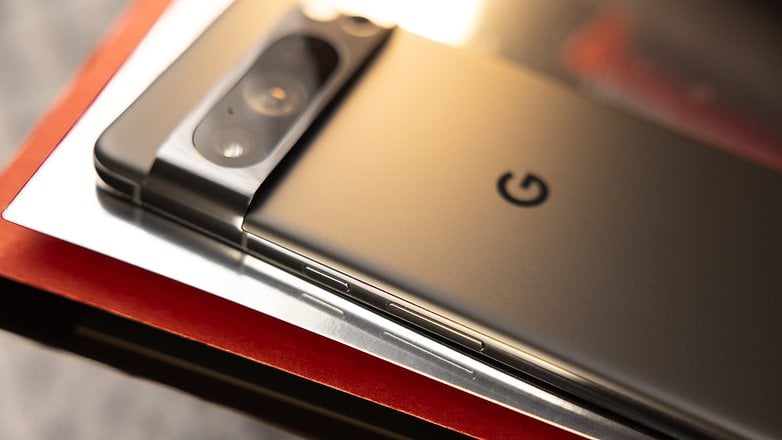
Read our Google Pixel 8 Pro review to know more
The Google Pixel 8 Pro is a pricier option than before, starting at $999, and it comes in cool colors like light blue, black, and beige. It offers 12 GB of RAM and 128 GB of storage as a base model, but you can choose versions with more storage (256 GB or 512 GB). It’s important to note that you can’t expand storage with a microSD card.
The phone’s display is excellent, with super bright settings that make it easy to use outdoors. It has a solid processor for everyday tasks, but it might not handle really demanding games as well as some competitors.
When it comes to photos, Google’s software and artificial intelligence make the Pixel 8 Pro stand out. The battery life is decent for a day of use, but it could be better. The main downside is the higher price compared to previous generations, even though Google promises seven years of updates.
Some people might compare it to iPhones, Samsung Galaxy phones, or Xiaomi phones, which also cost a lot. Those phones may have faster processors, but the Pixel 8 Pro shines in display quality and camera performance. However, it charges slowly, doesn’t come with a power adapter, and some promised features aren’t available right away. We’ll have to wait and see if Google can keep its promise of long-term updates.
Good
- A smartphone camera at its best
- Merciless update promise
- Better haptics than the predecessor
- Sufficient everyday performance
- Great AI functions
- 1-120 Hz display
Bad
- G3 is not a flagship processor
- Price hike
- No charger included
- Some promised features are still missing


The best value-for-money sub-$1,000: Nothing Phone (2)
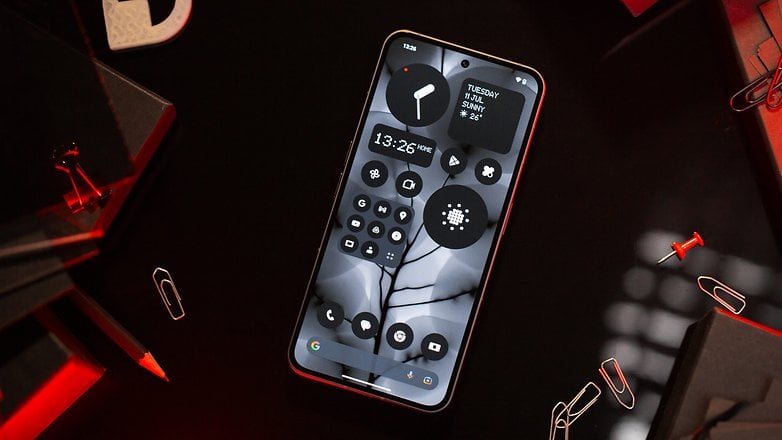
Read our Nothing Phone (2) review to know more
Looking for a high-end smartphone without breaking the bank? The new Phone (2) is for you, boasting premium specifications and design at a relatively modest price. Nothing has equipped its first flagship with a 6.7-inch 120 Hz OLED display, a Snapdragon 8+ Gen 1 SoC with 12 GB RAM and 128 GB storage, a dual 50 MP photo module, and a 4700 mAh battery that can recharge at 45 W.
Nothing’s move upmarket is a success, and the Phone (2) is a very pleasant smartphone to use daily. You’ll particularly appreciate its stylish design, stunning screen, and the highly usable Glyph interface. The smartphone also boasts excellent battery life and a solid update policy, along with wireless and reverse wireless charging. The compromises to be made lie in the areas of photo quality, IP54 certification, and aggressive thermal performance throttling.
While the Phone (2) is a step below the other flagships in this selection, it remains an effective smartphone that will offer you much more than a mid-range smartphone for not much more money.
Good
- Beautiful OLED LTPO 120 Hz screen
- Almost unchanged but still very cool design
- Glyph interface a little less gimmicky
- Three Android updates + four years of security updates
- Excellent autonomy
- Wireless and reverse wireless charging
Bad
- Average photo quality
- IP54 certified only
- Aggressive thermal clamping
- No charger included
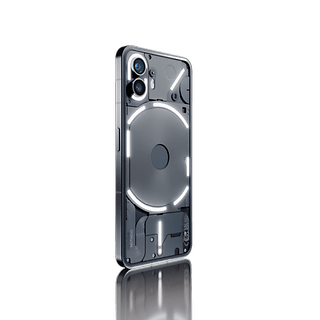
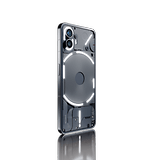
The best sub-$1,000 foldable: Galaxy Z Flip 5
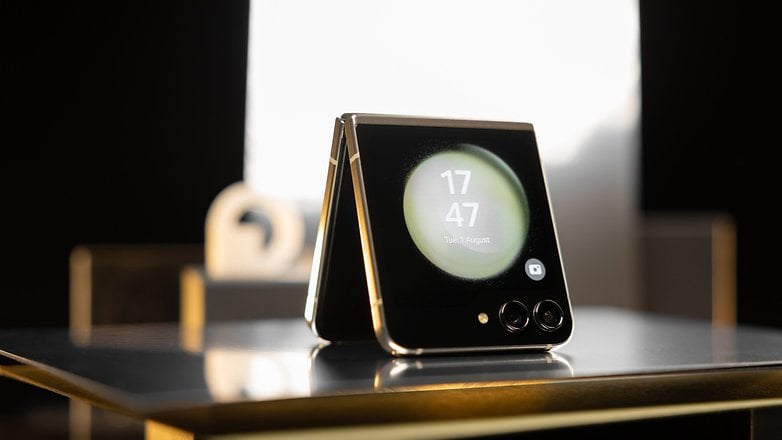
Read our Galaxy Z Flip 5 review to learn more
The Samsung Galaxy Z Flip 5 comes with some notable pros and cons. On the positive side, it has seen improvements in its design in comparison with the previous generation, including a larger secondary display and the elimination of the gap between displays.
These changes make it more user-friendly for everyday tasks, and the outer display now supports data input, adding to its convenience. Doubling the internal storage without raising the price is a big win for consumers, especially given the typically high costs of foldable phones. These may seem like basic improvements, but they represent a significant step forward in the foldable device sector.
However, the Z Flip 5 still has its downsides. Its camera system, while delivering decent photo and video quality, lacks versatility. Samsung’s incremental approach to upgrades might disappoint those hoping for groundbreaking changes in the world of foldable phones.
The phone’s unique design, while appealing, comes at the cost of battery life, making it less competitive in terms of endurance compared to other phones in its price range. Despite these drawbacks, the Samsung Galaxy Z Flip 5 remains an attractive choice for first-time users who are drawn to its unique design and want an impressive smartphone experience.
In summary, the Samsung Galaxy Z Flip 5 is a step forward in the foldable phone market, with improvements in design and storage capacity at the same price point. However, it still has some limitations, such as camera versatility and battery life.
Good
- Truly useful cover display
- Improved hinge mechanics
- Balanced display image quality
- Fluid software experience
- Above-average camera quality
Bad
- Slightly larger crease in the display
- Only average battery life
- Charging time exceeds one hour
- No charger included in the box
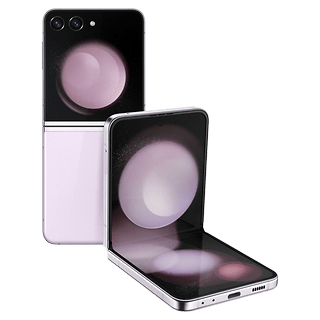
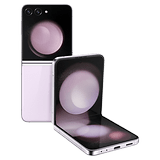
The sub-$1000 smartphone for small budgets: Google Pixel 8a

Read our Google Pixel 8a review to learn more
Just like the Pixel 7a that predates it, the Pixel 8a carved a spot in this list, offering almost all of the same conveniences found in the other models for almost half the price. Its $500/550€ MSRP doesn’t seem competitive with phones launched six months earlier and their discounted prices, but the Pixel 8a (like the 7a before it) should also get its own rounds of discounts.
Market positioning aside, buyers get a reliable and snappy phone—although not as fast as the other models on this list—with an excellent camera, decent battery life, and the same flagship-level support for security updates, to make it a credible alternative to any other phone on this list if you want to save some money.
Good
- Seven years of security and feature updates
- Excellent Pixel camera
- Good everyday performance
- Good enough battery life
- Bright and fast 120 Hz display
- Some AI features that are actually useful
Bad
- Slow charging times and no charger included
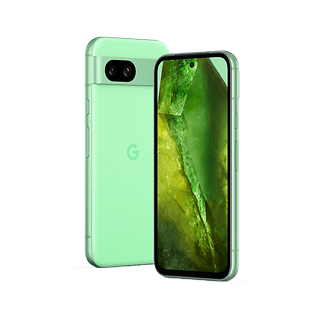
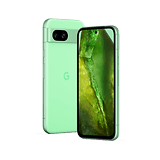
That’s it for our buying guide of the best sub-$1,000 smartphones. Depending on what you are looking for, we hope you found your next flagship!
What do you think of the fact that smartphones under $1,000 are not the ‘real’ flagships anymore? Do you have any suggestions for models that could have been part of this selection?
Last updated in May 2024. Older comments were retained and may refer to outdated versions of this guide.

